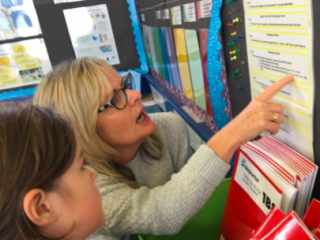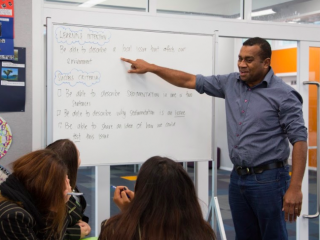For students to progress confidently and be responsible for their learning, it is essential that teacher and students have shared clarity about what is to be learnt. They need to be clear about the big picture of learning, and the day-by-day learning steps towards it.
The essential components of clarity are:
- learning intentions (goals, aims, achievement objectives or whatever it is you would like to name them)
- relevance
- examples and modelling
- success criteria
- checking for understanding.
When there is shared clarity in the classroom, both teacher and students are able to describe:
- what is to be learnt – using learning intentions
- how the learning intention relates to the “big ideas” or global intentions
- how the learning is relevant
- how students will go about the learning
- how students will know it has been learnt – using success criteria.
When these are in place, what exists is a partnership between teacher and students, where:
- planning reflects student needs
- learning intentions and success criteria are jointly constructed
- learning intentions capture the depth of learning at an appropriate level for each student
- the teacher has sufficient depth of understanding of the specified curriculum and its progressions of learning to work with any student to identify his/her next learning step.
As fundamental to the success of the learning and teaching process, the teacher frequently checks students’ understanding of the intended learning and whether it meets the students’ expectations and needs.
>> Classroom resources



